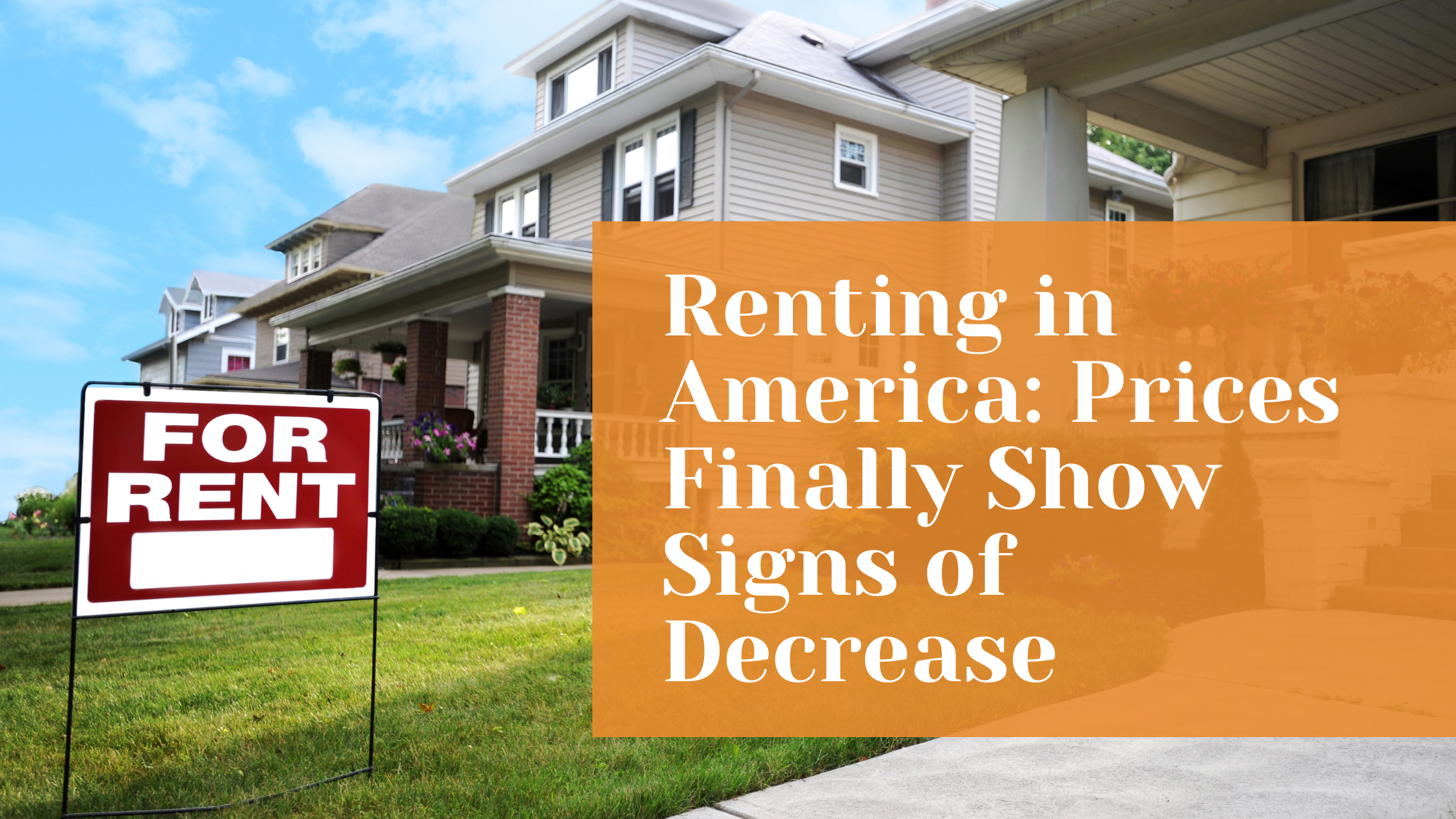Renting in America: Prices Finally Show Signs of Decrease

Landlords around the country have increased rents to unfathomable levels, leaving renters with little good news.
Renting conditions, though, may be trending back toward normalcy. According to new research by Realtor.com®, the median monthly rent in the 50 largest U.S. metropolitan areas fell for a second straight month in September, to $1,759. That's a decline of $12 from last month and a $22 decrease from the high point in July.
As of September, rents were up 7.8 percent from the same month a year before. This is the lowest annual price rise, however, since May 2021.
The analysis analyzed September listings for rental apartments, condominiums, townhouses, and single family homes on Realtor.com in the 50 largest metro areas. Apartments with more than one bedroom were excluded. Cities and their surrounding communities (suburbs, villages, and even smaller cities) make up what is collectively called metros.
The rental market has been cooling off, according to Realtor.com economist Jiayi Xu, who believes this trend was evident in September.
She said that this is the period of the year when prices often plateau or even fall due to seasonal factors. The market tends to be sluggish in the fall and winter.
That little price decrease is noteworthy, though, because it comes after nearly two years of persistent rental price increases.
Although prices have fallen recently, a one-bedroom apartment is still $275 a month (or 22.8%) more expensive than it would have been in September 2020, and a two-bedroom apartment is still $355 (or 22.4%) more expensive. After skyrocketing in the first half of the year, year-over-year growth has cooled significantly in the last two months, dropping into the single digits.
Chicago On Fire
Homes and apartments in the Sun Belt have seen some of the most extreme price hikes. As a result of the rise in the cost of living in the Southeast and the fear of contracting the deadly COVID-19 virus, many high-income earners have left the region's expensive coastal towns for cheaper ones in regions like Florida, Texas, and Arizona. More than 50% annual rental rise was seen in cities like Miami. There followed a slew of other Florida vacation spots.
Chicago has seen the highest rent increases for two months in a row as the city's growth pace has slowed. Chicago's median rent increased by 23.9% annually in September, reaching $2,045.
Experts in the real estate industry credit a perfect storm of variables, including rising demand and Chicago's relatively low housing costs during the epidemic. If it weren't for the sky-high prices and acute lack of houses for sale, many renters would have made the transition to homeownership. Mortgage interest rates have been growing significantly, making homeownership increasingly unaffordable for many people. Because of it, they decided to extend their lease.
The shortage of supply is the root cause of the price increase. Furthermore, what's causing the stock to run out? Rates of interest explain Zip Group CEO and Chicago-based Realtor® Mark Zipperer. "You're going to have to resort to renting if you don't buy."
The growth of Chicago is not unique. High price rises from one year to the next have been observed in other Northern metro areas as well. There was a 19.9% increase in Boston rents, an 18.2% increase in New York City rents, and a 16.7% increase in Providence, Rhode Island rents for the month of September.

.png)
.jpg)